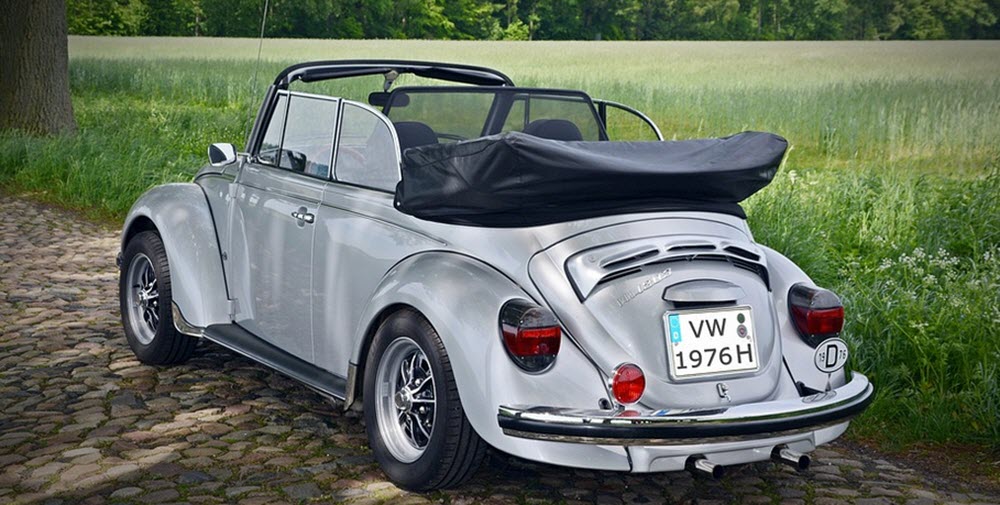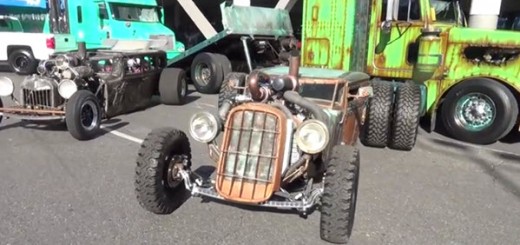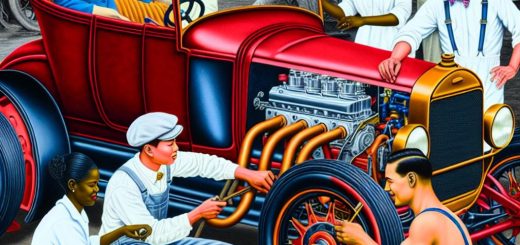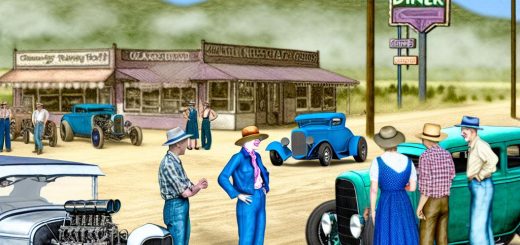Contents
The Volkswagen Beetle (officially the Volkswagen Type 1), one of the most iconic automotive designs in history, is more than just any old car. Introduced in Germany in 1938, the Beetle’s distinct round shape and unique profile positioned it as a true standout on the road. This vehicle boosted an economical, accessible, and functional design, encapsulating the spirit of freedom, fun, and affordability.

Over the years, the Volkswagen Beetle underwent various modifications and improvements while retaining its iconic shape. The first significant change came in the late 1950s, with the introduction of the ‘Oval Window’ model. The transformation continued with the launch of the ‘Super Beetle’ in the 1970s, featuring an improved suspension and a larger body. In 1998, Volkswagen introduced the ‘New Beetle,’ capturing the essence of the classic design while integrating modern features and technology. The final evolution came in 2012 with a more streamlined, sporty design, drawing the Beetle’s illustrious journey to a close.
After eight decades and more than 22 million units sold worldwide, production of the Volkswagen Beetle ceased in 2019. However, the Beetle’s legacy lives on. Its iconic design, cultural impact, and the sense of nostalgia it evokes have cemented its place in automotive history. Whether it’s remembered as a ‘People’s Car,’ a movie star, or a symbol of freedom, the Volkswagen Beetle’s story is a testament to how a simple, well-designed product can capture the hearts and imaginations of millions around the globe.
Design: Uniqueness in Simplicity
The Beetle’s design, easily recognized worldwide, is characterized by its simplicity and functionality. It sports a round, streamlined body, large, circular headlights, and a high, upright windshield. Despite its compactness, the Beetle offers a surprisingly spacious interior. Its air-cooled rear-engine layout is another standout feature, contributing to the car’s unique driving dynamics and making it an instant hit among car enthusiasts.
In its native country, it is known as der Käfer, which means the beetle. In France, it is la coccinelle, i.e. the ladybug.
The Beetle in Popular Culture
The Volkswagen Beetle has been a pop culture icon, featuring prominently in movies, music, and art. The Beetle has also been a symbol of the counter-culture movement of the 1960s and 70s, representing freedom, rebellion, and individuality.
- Its most famous movie role was arguably in the Herbie film series, where it starred as a sentient racing car.
- Superbug is the protagonist Beetle in a series of West German comedies for children, released between 1971 and 1978.
- A Beetle can be seen on the cover of the record Abbey Road by The Beatles.
- The cover of Kraftwerk’s record Autobahn features a Beetle.
- The Beetle was the inspiration for the Bumblebee robot in the Transformers franchise.
Origins
The birth of a legend
The concept of the Beetle was born from the vision of Adolf Hitler, who wanted to create a ‘People’s Car’ that was affordable and practical for the German working class. In German, the name Volkswagen roughly translates into Peoples Car.
The project was assigned to Ferdinand Porsche, who is credited with the design of the original Volkswagen Beetle. The Beetle, officially known as the Volkswagen Type 1, went into production in 1938 and quickly gained popularity due to its affordability and simplicity.
Post-war production
The Volkswagen factory fell under British control in 1945. The original plan was to dismantle it and ship it to the United Kingdom, but no British car manufacturer wanted it. Instead, the factory remained, and was used to produce cars for the British Army.
The British Army officer Major Ivan Hirst was a strong force behind the initial survivial factory. After removing an unexploded bomb from the facility, he persuaded the British military to order 20,000 cars. By March 1946, the factory was producing 1,000 cars a month, under the name Volkswagen Type 1. The only colour available was army khaki. They could have produced more cars than this, but was limited by the restricted availability of materials.
In 1947, the factory switched to making cars for the civilian market. It was now that the Beetle got chromed bumpers, hubcaps, and body and running board trim.
For 1948, the total production was 19,244 cars.
What is a Type 11?
The Beetles made in the late 1940s were fitted with a 1131 cc engine with 19 kW (25 hp). The top speed was 100-kilometre-per-hour (62 mph).
This was an enlarged engine compared to the pre-war design. In some export markets, these late 1940s civilian Beetles were therefore labelled Volkswagen Type 11 instead of Type 1.
Increased production and export
In 1949, the former Opel manager (who used to be very negative towards the Volkswagen) Heinz Nordhoff was appointed director of the Volkswagen factory. Production increased sharply in the 1950s and car #1 million came off the assembly line in 1955.






